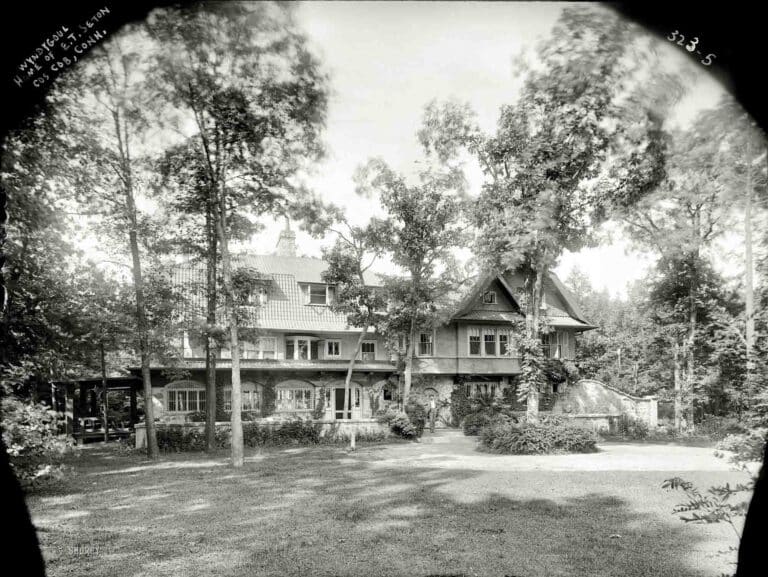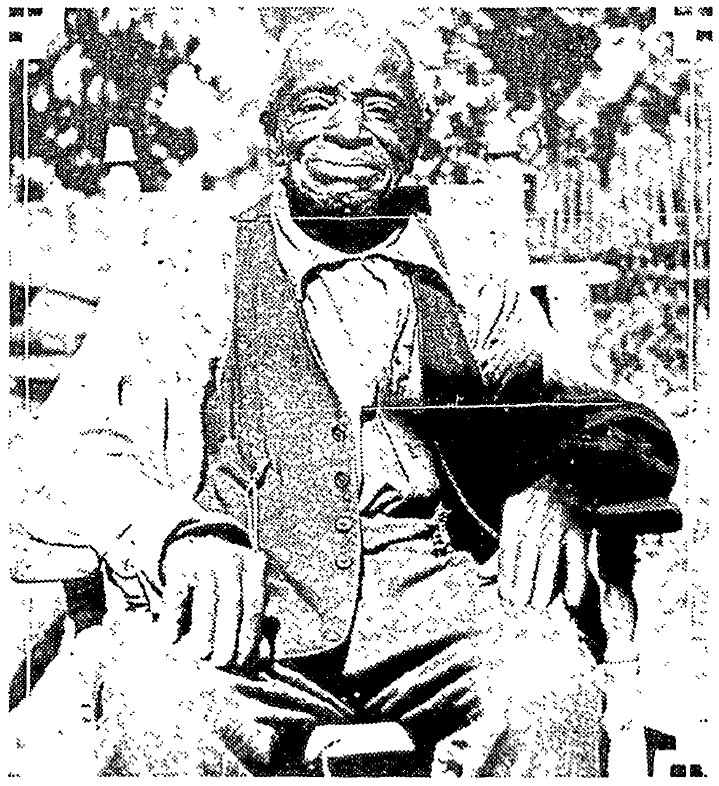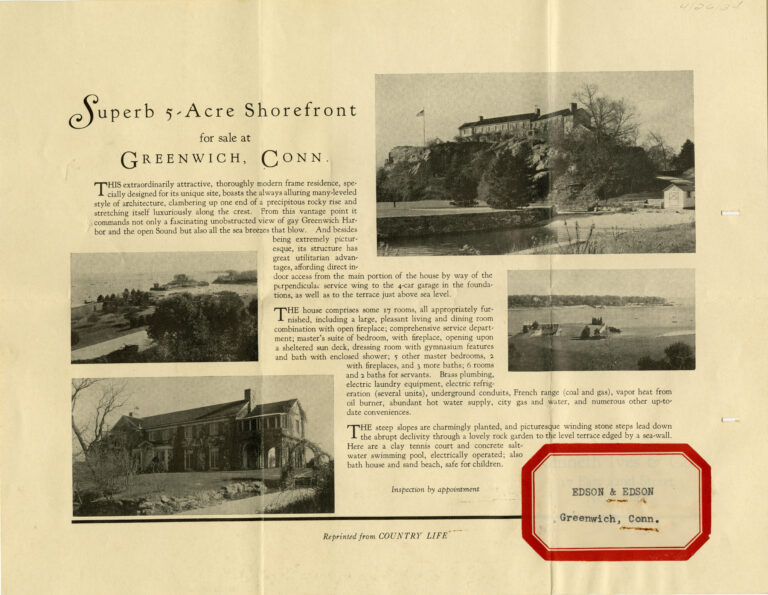Leon Volkmar (1879–1959) was an American studio ceramicist whose pieces were deeply influenced by the forms and glaze colors of ceramics of the ancient world, many of which were rediscovered and popularized by archaeologists in the early 20th century. With the financial backing of his former pupil, Jean Rice, Volkmar established his pottery enterprise, Durant Kilns, in Bedford Village, New York, in 1910.
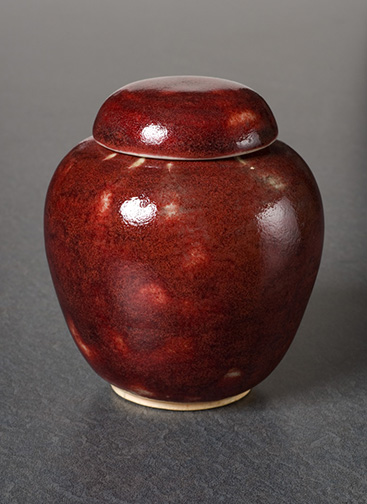
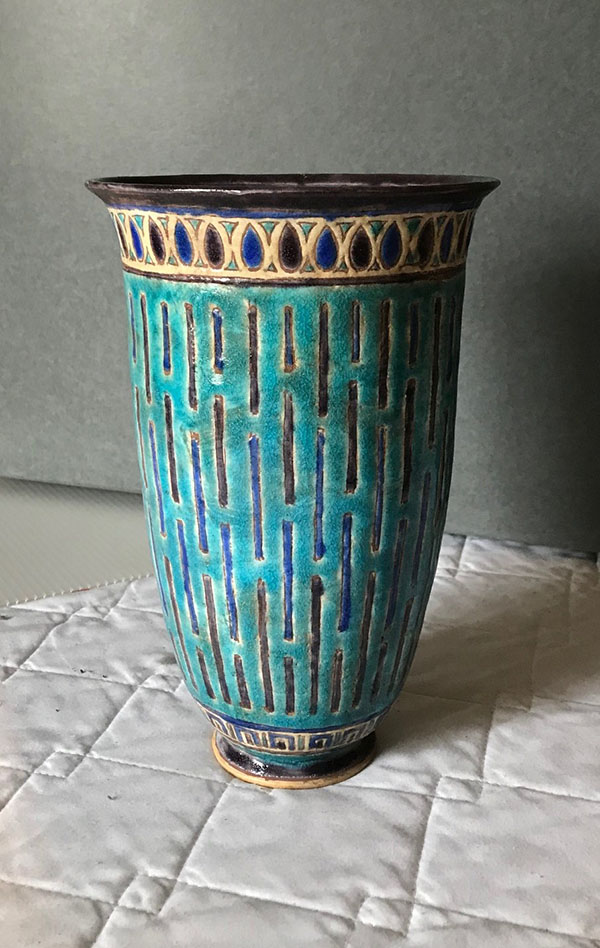
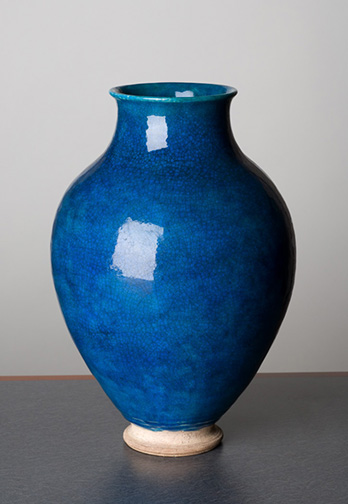
Volkmar experimented with glaze chemistry and firing temperatures to rediscover and recreate several of the brilliant colors seen in ancient Chinese, Persian, and Egyptian ceramics. For example, the deep cerulean glaze on the large vase pictured at left imitates the beautiful, bright-blue color typical of the finest ancient Egyptian faience, a type of ceramic made from ground quartz.
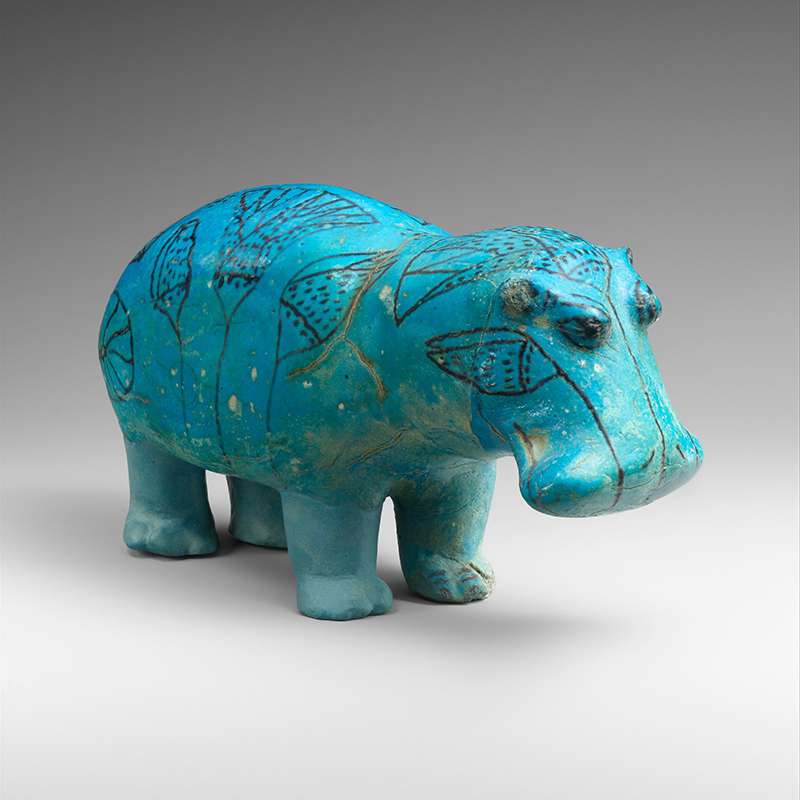
A famous example of ancient Egyptian blue faience is this small hippopotamus figure that was discovered in the early 20th century in a shaft grave at Meir, a site in Upper Egypt about 30 miles south of the modern city of Asyut. It was part of the burial assembly of a steward named Senbi II and is almost 4,000 years old (c. 1961-1878 BCE). This hippo, playfully nicknamed “William,” is now in the collection of the Metropolitan Museum of Art.

Leon Volkmar was a friend of Elmer and Constant MacRae, who operated the Holley House that served as the center of the Cos Cob art colony. Volkmar and his family visited Greenwich often to socialize and enjoy the creative atmosphere of the artists’ colony. Eventually, he and his family settled nearby.
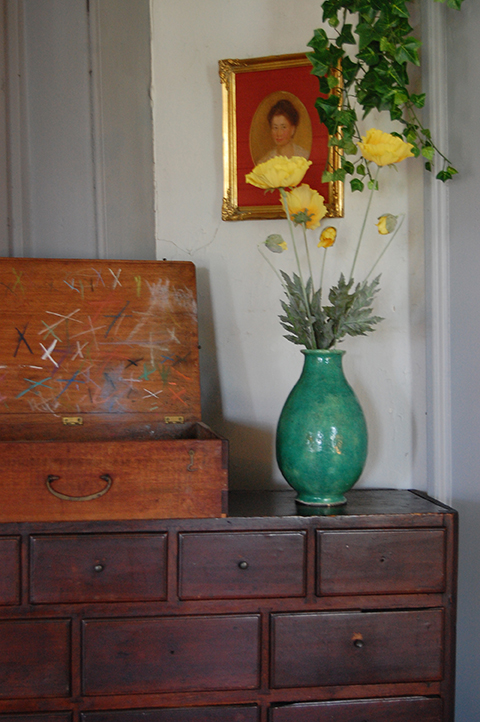
The MacRaes owned a number of Volkmar’s ceramic pieces. Constant Holley MacRae, a talented and accomplished floral designer, often used Volkmar vases as the centerpieces of her award-winning floral arrangements.
Many examples of Volkmar’s excellent work are on display now in the Bush-Holley House and Permanent Collection Gallery of the Greenwich Historical Society.

